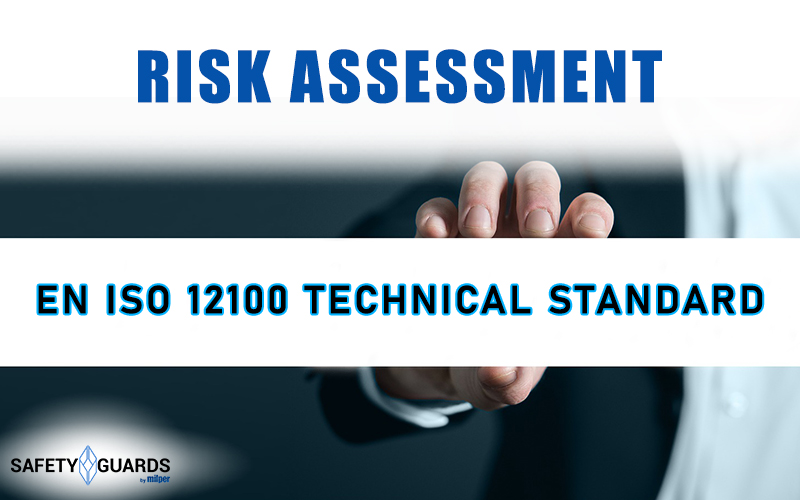BUSINESS RISK ANALYSIS
INDEX
1. RISK ANALYSIS DEFINITION
2. RISK ANALYSIS: TECHNICAL STANDARD EN ISO 12100
3. SAFETY DISTANCE: TECHNICAL STANDARD EN ISO 13857
4. EN ISO 13857: WHAT IT STATES.
5. PROTECTION SYSTEMS: TECHNICAL STANDARD EN ISO 13849-1
RISK ASSESSMENT DEFINITION
Reducing risks in industrial work spaces, first of all for the operators involved there, but therefore also for those who assume legal responsibilities as
Employer.
is crucial at this time even more so than in the past.
With a constantly evolving situation it is therefore good, to keep yourself informed of the continuing developments in the Technical Standard, which regulates practical and legal necessities to be fulfilled in all places deputed to work.
So below is a brief focus series summarizing everything you may not know about the measures now in place for Risk Assessment.
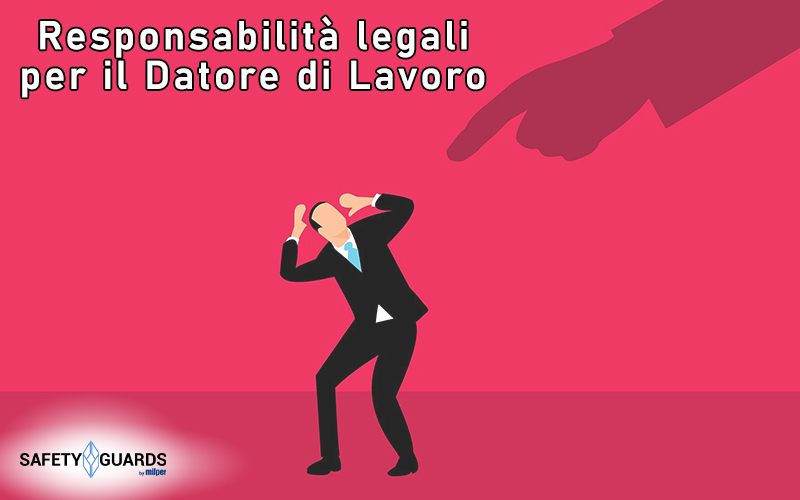
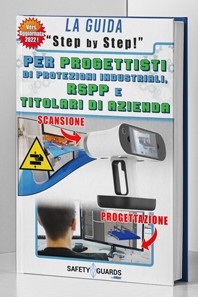
RISK ANALYSIS: TECHNICAL STANDARD EN ISO 12100
The recently approved Technical Standard first and foremost requires that the
Employers.
analyze the possible risks, based on the specific context of their company: a study to be carried out, with the utmost accuracy, aimed at the total elimination of any possible risk to workers.
In brief, the processes to be implemented will then be as follows:
- Block any possible risk at the root by producing a well-structured plan of action, showing that you have the situation under control through a defined and prescient object.
- In addition to the publication of such a plan, one must then also add an emphasis on the possible presence of risks that cannot be eliminated, promptly communicated to the individual operators involved.
- Equip operators with all necessary
Protection Systems
, such as medical supplies (masks and others) and purification equipment.
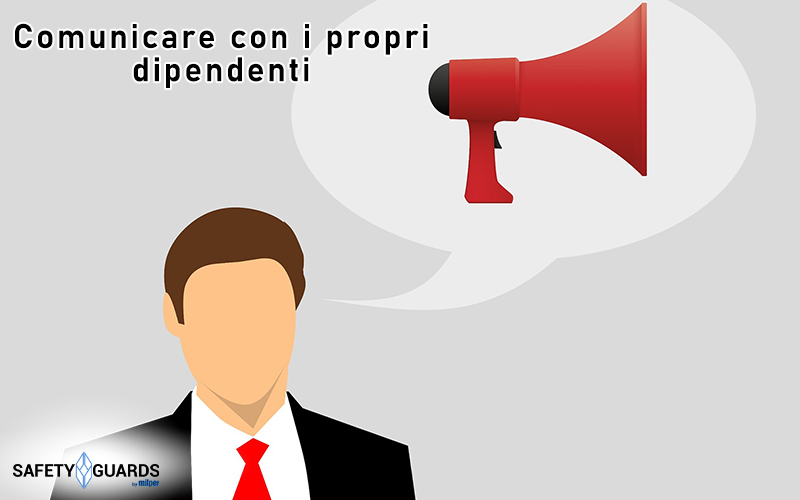
SAFETY DISTANCE: TECHNICAL STANDARD EN ISO 13857
The foundation of the new Technical Standard, often allowing for cost savings in space optimization in view of the current emergency situation, is based on the focus on maintaining Safety Distances.
The Technical Standard EN ISO 13857 then emphasizes all the individual measures necessary, adapted according to the specificity of spaces: also identifying the possible presence, of certain danger zones in which, they necessarily become stronger.
If the industrial spaces and the work planned in them do not violate the necessity of the Technical Standard, while emphasizing each thing specifically in the prevention plan to be produced, it will not be necessary to make changes to the spaces themselves and the work processes carried out in them.

EN ISO 13857: WHAT IT STATES
The Risk Assessment according to the Technical Standard, must therefore calculate every slightest possibility-whether natural or through mechanical extensions-of coming into contact with a danger zone. Only an excellent Risk Analysis allows therefore, to prevent every possible risk and thus not to incur any kind of problem, legal or not possible.
Therefore, to prevent access to a danger zone, the Technical Standard establishes that, the maximum possible space of communication between it and the operator consists of a vertical gap, which can be at most 180 mm.
However, if the risk is very high, the circular or square clearance area is 240 mm. The possibility of stepping over is another of the possible problems, which must be taken into account: and therefore in this case there must be a
Safety Protection
at least 1 meter high.
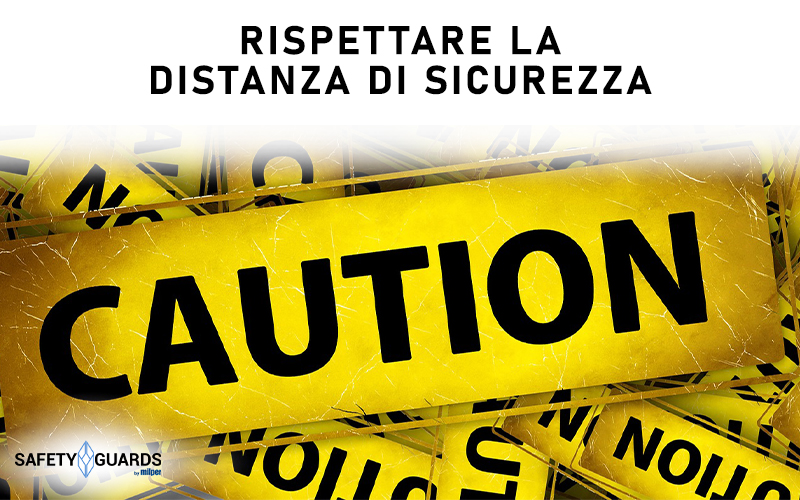
PROTECTION SYSTEMS: TECHNICAL STANDARD EN ISO 13849-1
The Technical Standard, also provides a pre-packaged system of evaluation, which helps you to understand which distance best fits your specific situation.For this, the Technical Standard EN ISO 13849-1, provides three types of risk.
A, B and C are then the levels that, by looking at precise measurements and calculations to adopt to your situation, will allow you to quickly and intuitively understand, what Safety Distances to adopt in your work spaces.


